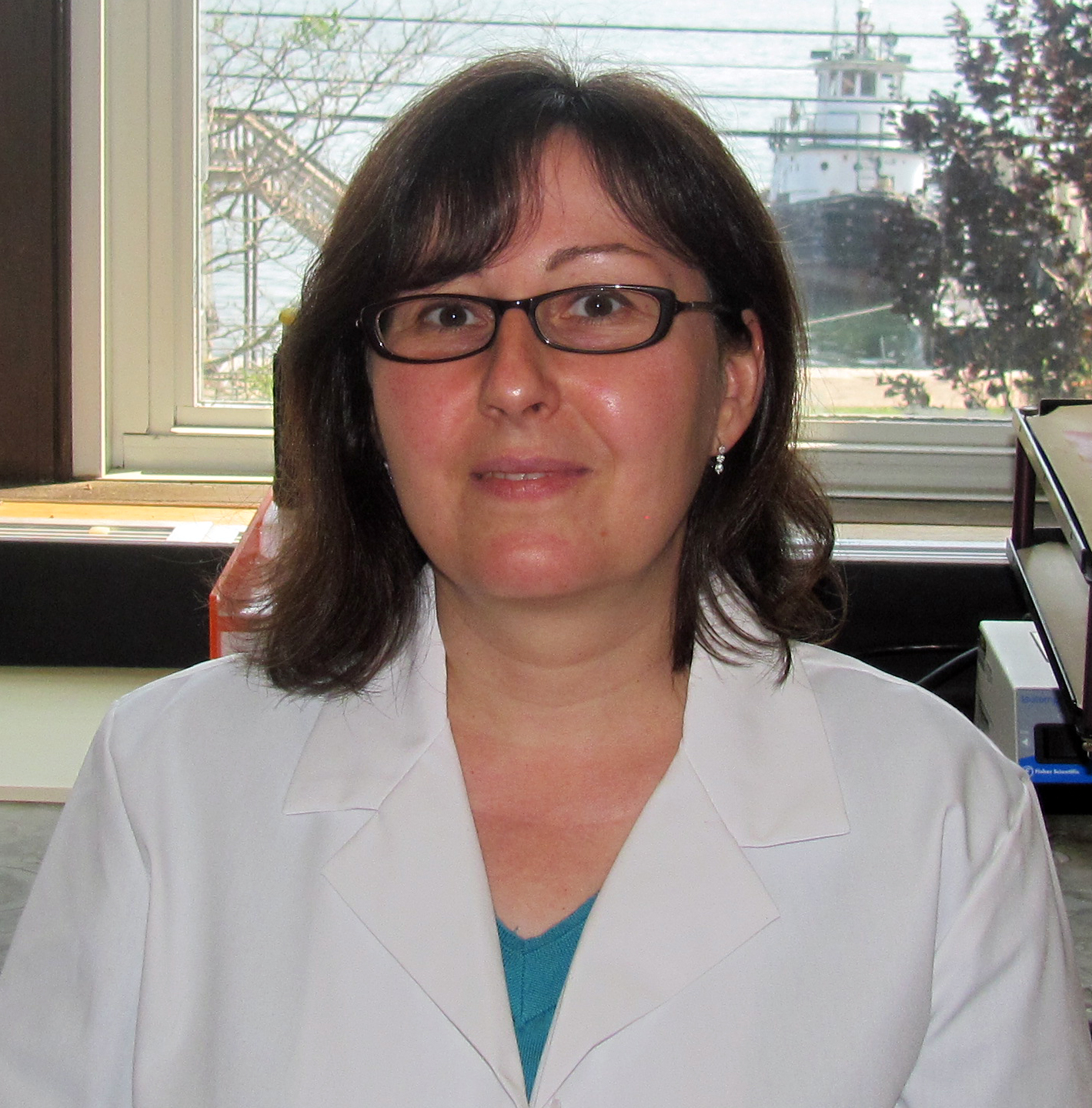Meet Emma Heart, Associate Research Scientist, Cellular Dynamics Program

According to American Diabetes Association, more than 100 million people worldwide have type 2 diabetes. The traditionally adult-onset disease, caused by a problem in the way your body makes or uses insulin, is increasingly being diagnosed in children and adolescents.

For more than a decade, Cellular Dynamics Program Associate Research Scientist Emma Heart has studied the cellular processes that play a role in the development of type 2 diabetes. Specifically, she’s interested in the mechanisms of insulin secretion in the pancreas by special cells, called beta cells, and how this process is altered in obesity and type 2 diabetes.
Heart and her long-time collaborator, Joshua Gray, Associate Professor at the U.S. Coast Guard Academy and an Adjunct Associate Scientist in the Cellular Dynamics Program, were recently awarded a 5-year, $1.75 million grant from The National Institute of Diabetes and Digestive and Kidney Diseases to study the role of a system called Plasma Membrane Electron Transport (PMET, which transports electrons out of the cell) in metabolism and insulin secretion.
“This was a novel system,” says Heart who wrote the original proposal with Gray three years ago. “No one had looked at PMET in relation to metabolism and insulin secretion and diabetes before. We had the guts to take a big risk, and it worked for us.”
Heart is already thinking about the next grant that may spill out of this one. She and Gray, a toxicologist, are looking at different environment toxins like BPA (a chemical used to make certain plastics) and other xenoestrogens, and how they change metabolic pathways and insulin production. “Some of these compounds are known to change metabolism in a lot of tissues like fat,” Heart explains. “When some organs are affected, they will communicate error messages to other organs. Organs have a complex communication network, and metabolic pathways are interrelated with one another.”
Heart first came to the MBL in 2004 as a Grass Fellow while completing a postdoctoral fellowship at Boston University. A year later she was offered a job in the BioCurrents Research Center (a former research imitative of the Cellular Dynamics Program). A native of the Czech Republic, Heart received her M.S. in Chemical Sciences from Charles University in Prague and her Ph.D. in Physiology & Biophysics from the University of Southern California.
For the last three summers, Heart has been a mentor for students in the MBL’s Research Experience for Undergraduates program. “I’ve been very lucky, all of the students I’ve mentored have contributed data,” says Heart. “The summers in my lab are great. Josh Gray and other collaborators also come for two months as adjunct faculty and we keep collaboration going through the year. We get a lot done.”
When she’s not in the lab, Heart enjoys volunteering at the Falmouth cat shelter, People for Cats, and taking in Cape Cod’s natural beauty through biking and walks on the beach. “One of my favorite parts about working at the MBL is the view from my lab,” says Emma. “It’s refreshing and energizing to look out of the window at the ocean, not a parking garage in the city. In Woods Hole we have that and it’s something that is very important for me.”